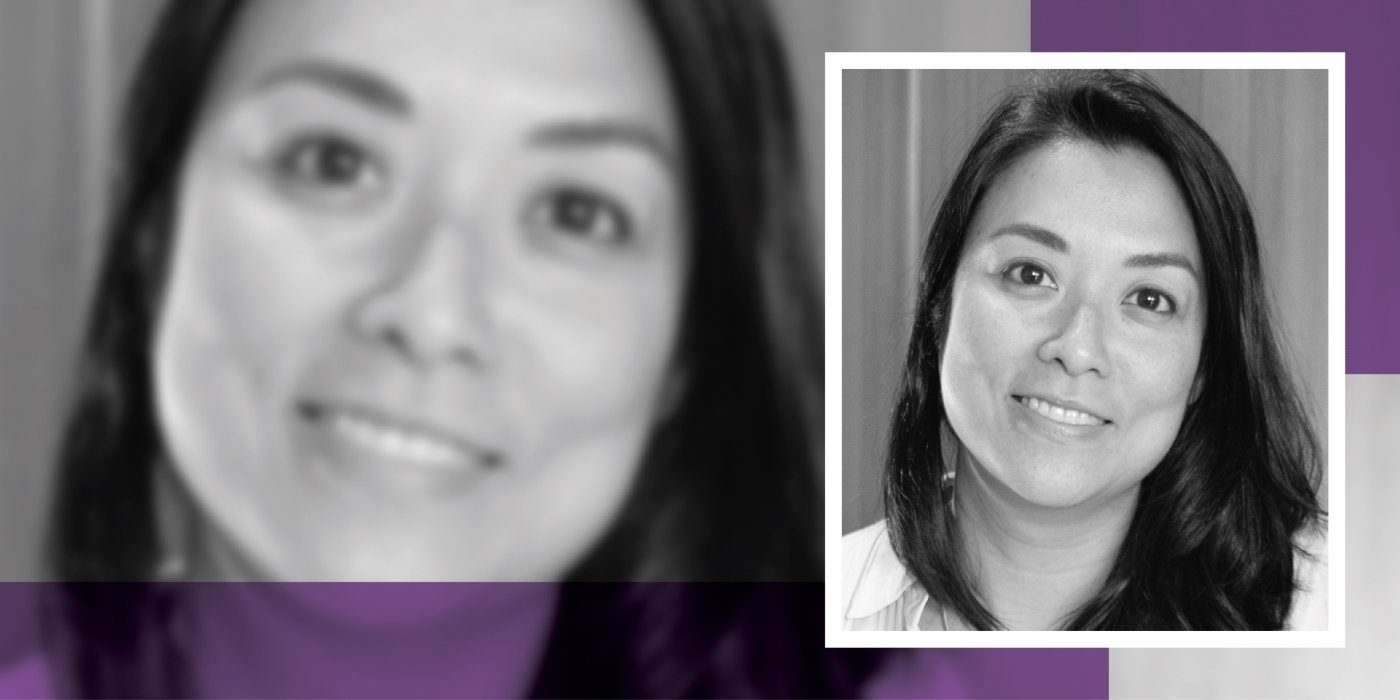
Meet Associate Professor Cheryl Carcel, Head of the Brain Health Program in Australia
Cheryl Carcel began her career by studying medicine in the Philippines just over a decade ago. She joined The George Institute’s Sydney office as a study coordinator for the ENCHANTED stroke trial after being introduce to stroke specialist, Professor Craig Anderson. A practising neurologist, Cheryl now heads up the Institute’s brain research program in Australia, leading a team she calls ‘super researchers’.
Cheryl has been selected for several prestigious positions, including World Heart Federation Emerging Leader, is currently conjoint associate professor at UNSW, and an NHMRC Emerging Leadership Fellow. She has also been an integral part of the team steering the national Centre for Sex and Gender Equity in Health and Medicine.
Why did you decide to study the brain?
As a medical student in the Philippines, which is a low-to-middle income country, I thought it was fascinating that by simply taking a person’s medical history and performing a series of physical and neurological examinations, it was possible to diagnose a neurological condition with good accuracy. This is crucial in countries with limited access to resources like diagnostic imaging.
What sparked your curiosity in sex and gender differences?
It was during my neurology training that I noticed women were usually worse off in terms of quality of life after a stroke. I thought this was an issue limited to countries with limited resources until I started my PhD at the University of Sydney and analysed sex differences in the management of stroke using international clinical trials data in my role as clinician researcher at The George Institute. I found similar results proving this was, in fact, a global issue.
Do you still need to convince people that sex and gender differences in stroke are real?
In many instances, not anymore. Mounting evidence from the past two decades have slowly convinced the medical and research communities. Now it’s about finding strategies to narrow this health gap. Interestingly, evidence suggests that when women lead clinical trials, the trial population is more inclusive, and data is more likely to be disaggregated by sex – important steps in the right direction.
Is there anything surprising in your research findings on how neurological disorders affect men and women differently?
Not many people know that young women are more likely to have a stroke than young men, probably due to hypertensive disorders in pregnancy. The gender aspects are more difficult to explain. It may be that as primary carers in the family, women do not immediately present to hospital after a stroke, when time-dependent, life-saving medications are critical as they’re prioritising others.
What needs to change to improve the management of women stroke patients?
We need to ensure that medications and medical devices are equally effective and safe for women and men. Clinical trials need to include an appropriate number of women and men, while taking into account the burden of disease in the community. We also need to ensure that stroke is recognised early in women and that everyone is treated according to guidelines.
How does your work at The George bring us closer to gender equity in medical research?
There are many strings to our bow. For example, we’re part of an action group of 11 universities across Australia, the UK and USA committing to analysing and reporting health data by sex. One of our key wins so far is that the national medical research peak body - the Association of Australian Medical Research Institutes (AAMRI) - has produced a set of sex and gender policy recommendations for health and medical research.
You’ve been at The George for ten years. What brought you here - and what keeps you here?
Professor Craig Anderson, who was leading the neurology program at the time, introduced me to stroke research and I was hooked! It is a very exciting field, and I am fortunate to have this opportunity to find global solutions to real-world problems.
I lead a team of high achieving colleagues and friends who inspire me every day to realise my best. I enjoy the collaborative nature of the work here at The George. For example, if there is a specific skill set that you require for your work, people will offer to help, or they’ll introduce you to someone who can. People are creative and respectful. I also love the flexibility in working hours and location, which I need with two young children. It’s helped me progress my career.
What are you most looking forward to achieving with the Centre for Sex and Gender Equity in Health and Medicine?
Ultimately, it’s about greater learning, collaboration, and impact, so we’re bringing together many critical groups - researchers, policy makers, healthcare professionals, and consumers - with a strong interest in addressing the sex and gender inequities in health outcomes, to develop effective strategies to better prevent and treat the leading causes of death and disability for everyone.
Any words of wisdom for other women thinking of a career in research?
Be brave. That’s harder than it sounds sometimes. Speak up and be heard because your voice matters.

